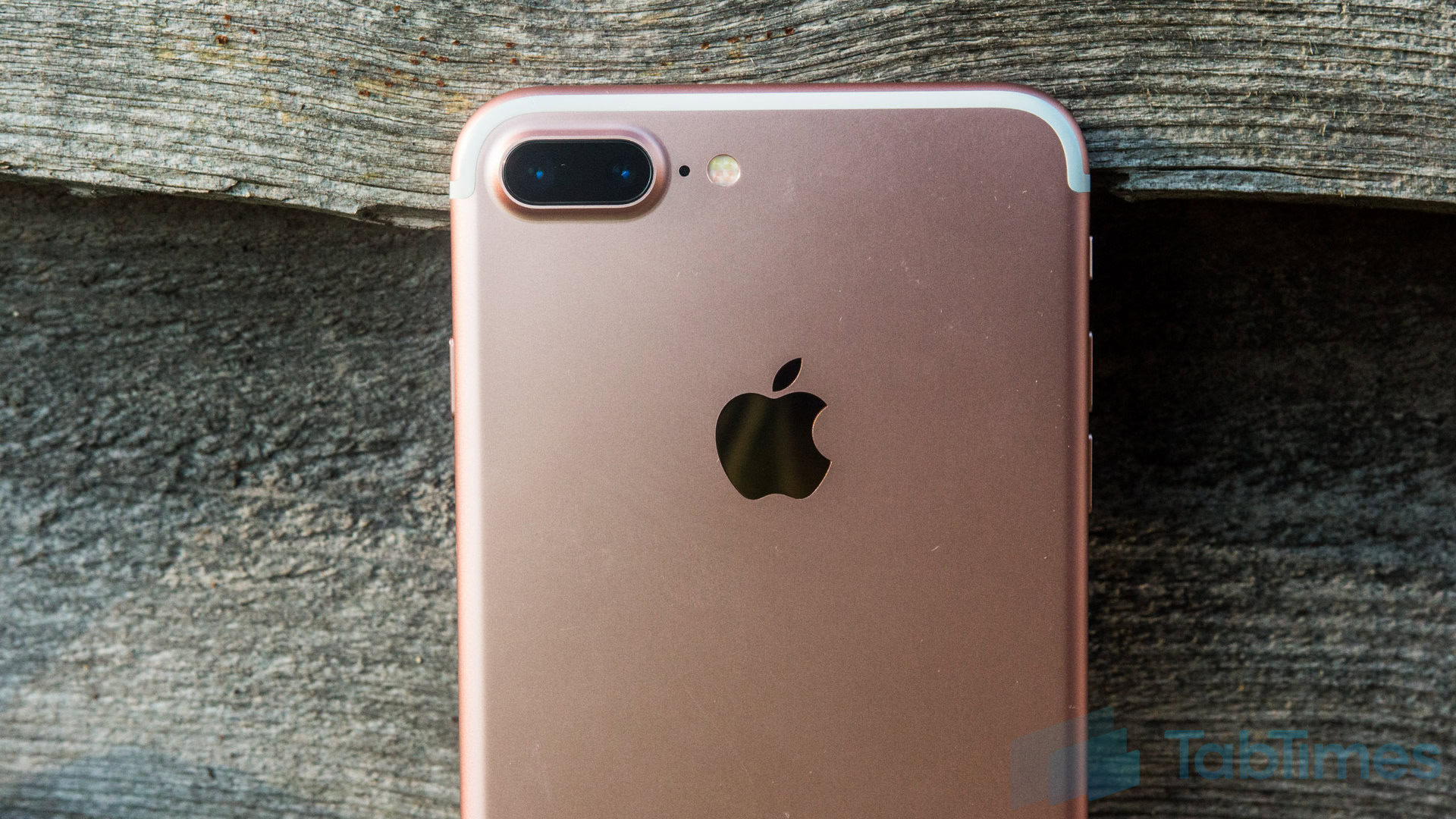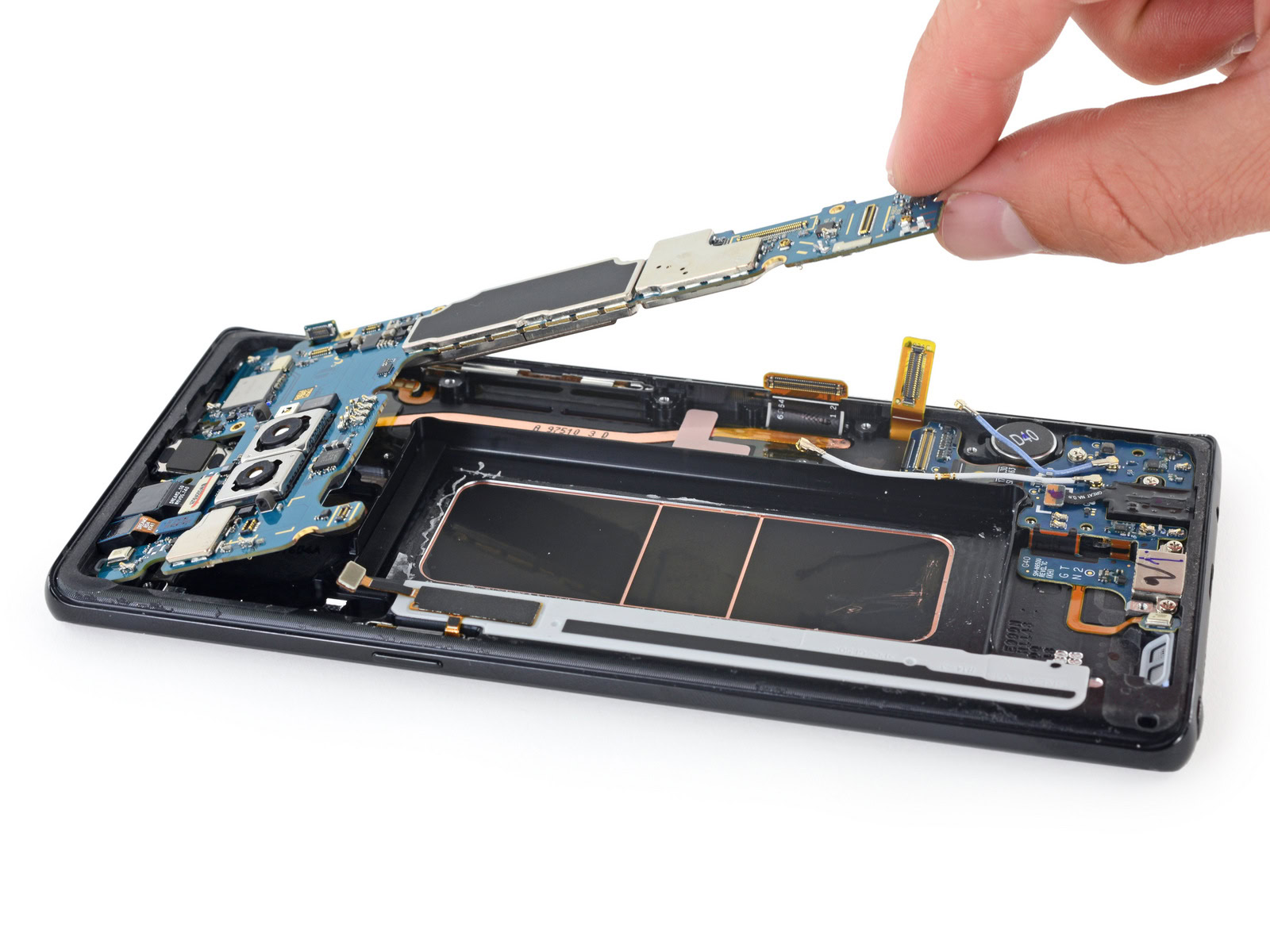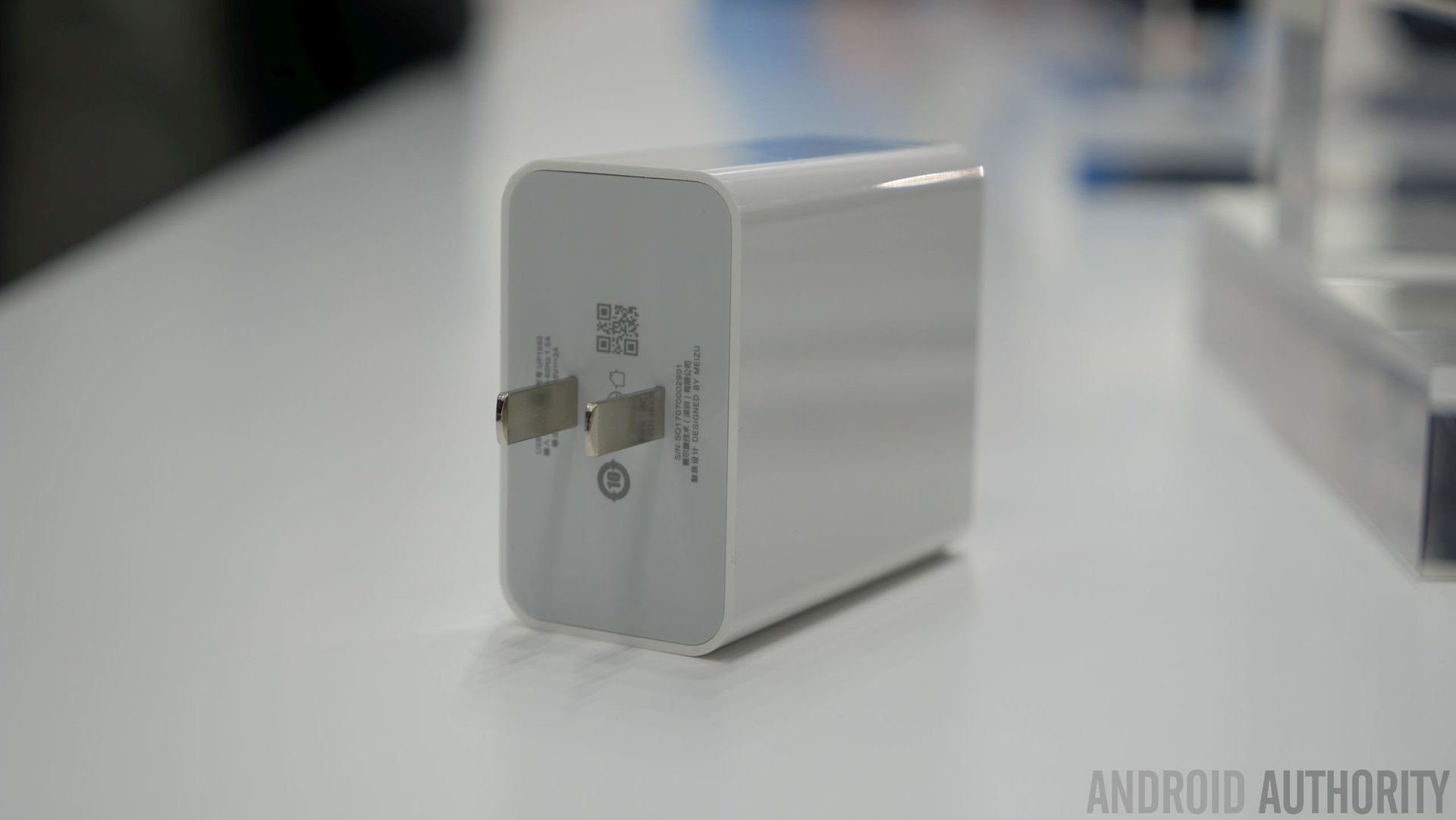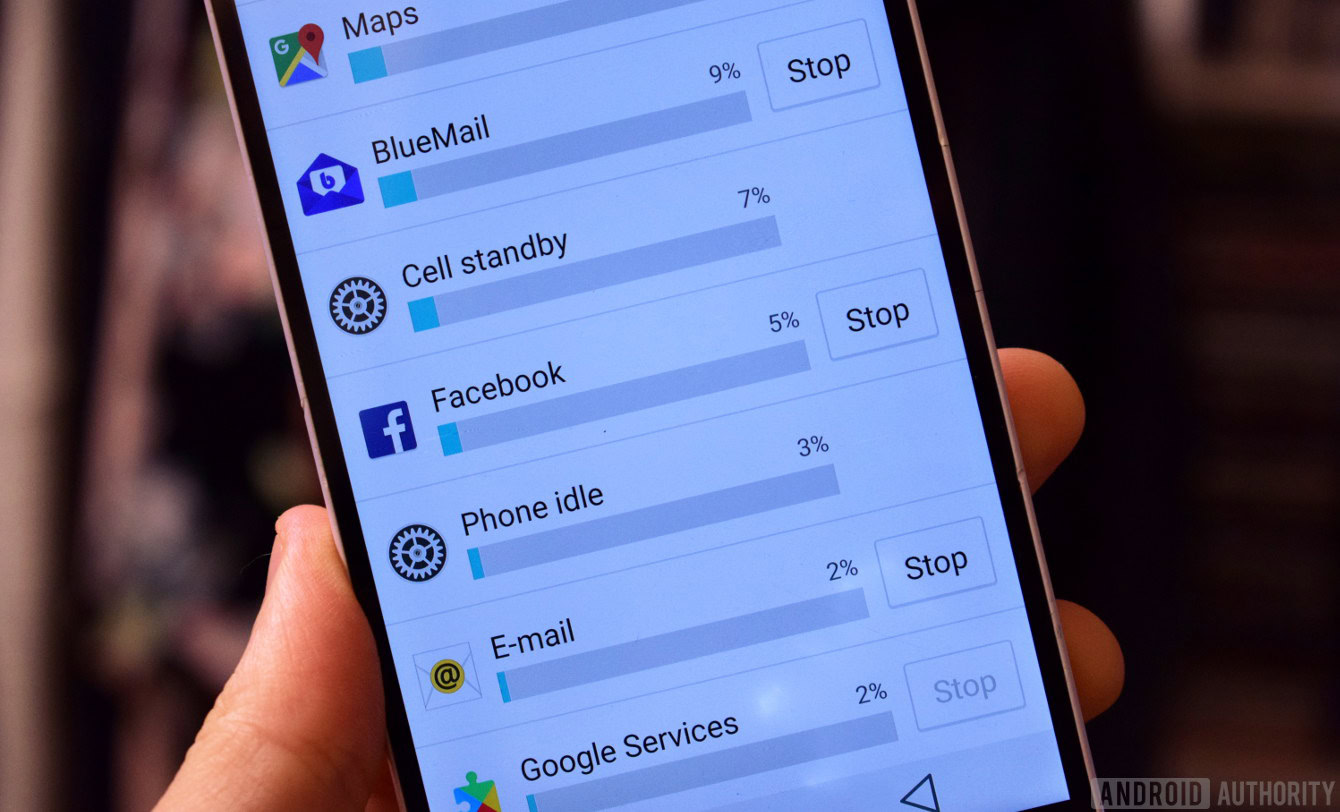Affiliate links on Android Authority may earn us a commission. Learn more.
Apple's swollen batteries are symptomatic of a larger industry problem

If you’ve been following Apple’s latest iPhone launch you’ll be aware that the start of sales hasn’t gone all that smoothly. Following six early reports of battery issues with the new iPhone 8 Plus, Apple has now launched an official investigation onto these cases to determine the cause of the problem, and whether these are just isolated issues or early symptoms of a wider problem.
The issue hearkens back to last year’s Galaxy Note 7 fiasco. Early reports suggest that some battery cells are swelling up, causing the phones to break apart and stop working. Apple isn’t at the stage of initiating a recall and there haven’t been any reports of explosions or fires, but the company will likely be looking at its manufacturing line to see if this is a problem that can be addressed promptly.
届いたiPhone8plus、開けたら既に膨らんでた pic.twitter.com/eX3XprSzqv— まごころ (@Magokoro0511) September 24, 2017
Some reporters are suggesting that these type of issues inevitable, on a small scale, when a company sells millions of products every year, and that’s true. An optimistic 0.001% failure rate on the 18 million iPhone 8 orders expected this quarter would still produce 180 defunct units.
However, the similarity between the iPhone 8 Plus and Galaxy Note 7 battery problems could be more symptomatic of a wider issue with modern smartphones.
The great component crunch
It’s no secret that space within a smartphone comes at a premium, with various components vying for area in ever thinner designs. Apple, and others, have used this as an excuse to omit the 3.5 mm headphone jack and the the problem is only getting worse as consumers adopt some of the latest cutting-edge technologies.
The latest processors with new neural, image, and video processing units are taking up more silicon space, although this is being mitigated every now and again as chips move to smaller manufacturing nodes. Dual cameras need two image sensors, high-end audio components are bigger than a built-in SoC codec, and facial recognition technology require new sensors with accompanying circuitry too. The list could go on, but the fundamental point is that these new technologies all require more space, yet smartphones are attempting to slim down at the same time.
The result is a crunch for space inside the modern flagship, and any notable pressure applied to a battery can weaken it and lead to failure.

The other drawback of all these new technologies is that they take considerable engineering time to build into and test in a new release, but battery placement may not been given the priority that it should be. With a yearly refresh cycle for flagships, there’s only a limited amount of time to design and test an optimal internal smartphone layout, and it’s possible that more mistakes are being made as a result of these increasingly tight time constraints. The cause of the Galaxy Note 7 problem seems like a prime example of this type of manufacturing error.
Not to mention that all these new technologies, combined with brighter displays and more powerful processors, draw more energy. Battery life remains a contentious issue for smartphone OEMs and there’s consumer pressure to fit as big of a cell as possible into a phone to guarantee at least a full day’s use. Larger cells and additional space pressure from components means even more attention should be paid to battery layout, but there’s only a limited time for testing in a yearly refresh cycle.

Batteries under pressure
It’s not just physical area pressure that’s straining today’s smartphone batteries, we’re also demanding more from them with faster charging technologies too. While this isn’t dramatically reducing the lifespan of phone batteries, the fast charging trend has presented a number of issues for battery and phone manufacturers.
For starters, batteries and circuits that are to be used with fast charging should be specially designed to handle the extra current and heat, increasing their size and weight. That’s a problem when manufacturers are already trying to pack more into their thinner phones. Stable fast charging batteries are clearly achievable, but they requires stricter quality control and any failures that make it to final products will be more noticeable. Again, this extra quality control goes counter to the limited time constraints for quick product turn-over.
The biggest problem with faster charging isn’t the increased current but the wasted power that’s turned into heat. Heat causes Li-ion cells to deteriorate more quickly, reducing their lifetime. Charging temperatures above 30°C can cause batteries to age much more quickly, which is one of the reasons why some smartphone OEMs have turned to fast charging technologies that attempt to offload the heat away from the battery. Qualcomm’s Quick Charge 4+, for example, tries to solve this issue by more actively monitoring heat and adapting power delivery to prolong battery life, but ultimately fast charging is warmer than slow charging. Additionally, more advanced charging circuits take up more space inside your smartphone too.
If smartphone cells aren’t quite as lasting as long due to the demand for fast charging, an increasing number of consumers are going to start noticing battery issues as phones near the end of their life-cycle. Especially as consumers are holding onto their handsets for longer than they were a few years ago.

Wrap up
Even with all of the above in mind, I’m not suggesting that we’re going to see more manufacturers issue product recalls for battery problems. Only that consumers may become increasingly aware of battery issues as they hold onto their phones that are housing increasingly stained batteries for longer. In some cases there is an obvious cause, but in the future it’s possible that all of the above may play a role in making battery issues crop up more regularly, unless OEMs change some of their production priorities.
Apple’s recent woes are unfortunate, not just for the company but more importantly for consumers. We should be able to buy in confidence that our products won’t succumb to major issues so quickly after launch. However, I suspect that Apple won’t be the last OEM to suffer from battery woes.